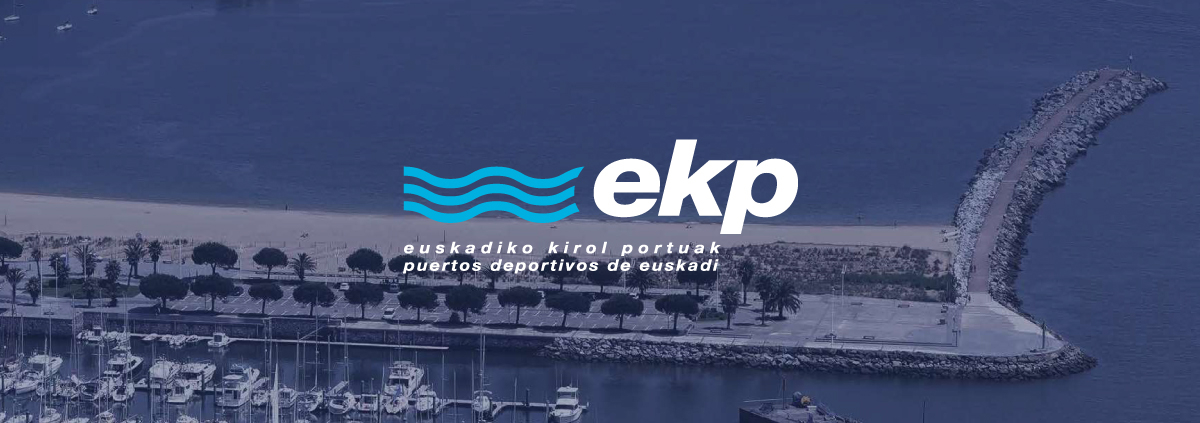Analysis of the implantation status of CleverLoad® after 1 year of use
CLIENTE: EUSKADIKO KIROL PORTUAK (EKP)
Comprehensive Management of Marinas
Introduction
Euskadi Kirol Portuak (EKP) manages the vast majority of marinas in the Basque Country, with a broad portfolio of assets of various types and manufacturers. These assets are used to carry out the various operational and maintenance tasks required on a daily basis at each port, both with its own and external personnel.
In May 2024, EKP embarked on a digital transformation process with the acquisition of the CleverLoad® suite, with the aim of optimizing the operations and maintenance of its port infrastructure and advancing efficiency and comprehensive control.
A year later, in May 2025, a review will be conducted of the platform’s implementation status and the steps to be taken in the short and medium term.
Diagnosis of the Initial Situation
Prior to the project’s deployment, several structural problems were detected:
- Lack of interport coordination
There was no digital communication system between ports, which resulted in isolated management of each facility. - Low level of digitalization
With the exception of billing, which was handled through an ERP, most operations and maintenance were managed on paper or spreadsheets. - Operational inefficiency
The lack of centralized planning and integration between teams led to duplication and loss of efficiency. - Limited visibility
Operational and maintenance data were lacking to enable decisions to be made based on reliable information. - Absence of management indicators
There were no dashboards or periodic metrics that would allow for an objective evaluation of port management.
Proposed Solution: Implementation of the CleverLoad® Suite
The project includes the implementation of a comprehensive technological solution that allows:
- Improve operational and maintenance efficiency of assets and vessels.
- Centralize management information.
- Provide EKP with analysis and decision-making tools.
Project Components
1. Asset and vessel operations management
Implementation of the Material Handling Lifecycle Admin module:
- Comprehensive management of information on all ports and their docking points.
- Administration of internal and external staff, including filters and permissions.
- Registration and control of all operational and maintainable assets, with customized dashboards.
- Daily operational management through shared calendar, work orders, notices and alerts.
2. Asset maintenance
Maintenance Platform module integration:
- Planning and execution of maintenance with a schedule coordinated with suppliers and technicians.
- Task control through notifications, work orders, and incident management.
3. Operational knowledge management
Implementation of the Knowledge Management module:
- Channeling of conditional procedures.
- View and execute tasks from any device (mobile, tablet or PC).
Project Implementation Levels
1. Port coverage
EKP currently manages 12 ports, all of which are already integrated into the CleverLoad® platform.
2. Definition of grounding points and vessels
The initial phase included the ports of Molla, Getaria, Lekeitio, Armintza, and Plentzia.
The definition of grounding points and vessels has been completed in these five ports. The total number of vessels registered on the platform in May 2025: 2,334.
3. Registered assets
Sixty-seven assets of various types have been digitized, including self-propelled gantries, marine booms, forklifts, cradles, and pressure washers.
4. Digitalization of port operations
The launching and grounding process, as well as the vessel’s stay in the port, have been completely digitalized.
Digital signatures for launching reports have been enabled using mobile devices or tablets at the dock itself.
5. Training and adoption by staff
Training has been provided primarily to internal staff, with an introductory session for external staff.
The goal is for the platform to be fully operational for internal staff at all five ports by May 2025, and for its use to be extended to external staff by June.
Areas for Improvement Identified
During the initial deployment phase, key improvements have been identified to maximize the platform’s utilization. The main need is the implementation of interactive visual maps to facilitate the selection of berths by port.
Next Steps
The project will continue its development along two lines of action:
- Implementation of functional improvements
Including visual tools and usability improvements. - Expanding operational visibility
By incorporating dataloggers into assets that require them, this will allow:
– Real-time monitoring of usage.
– Optimization of condition-based maintenance.


